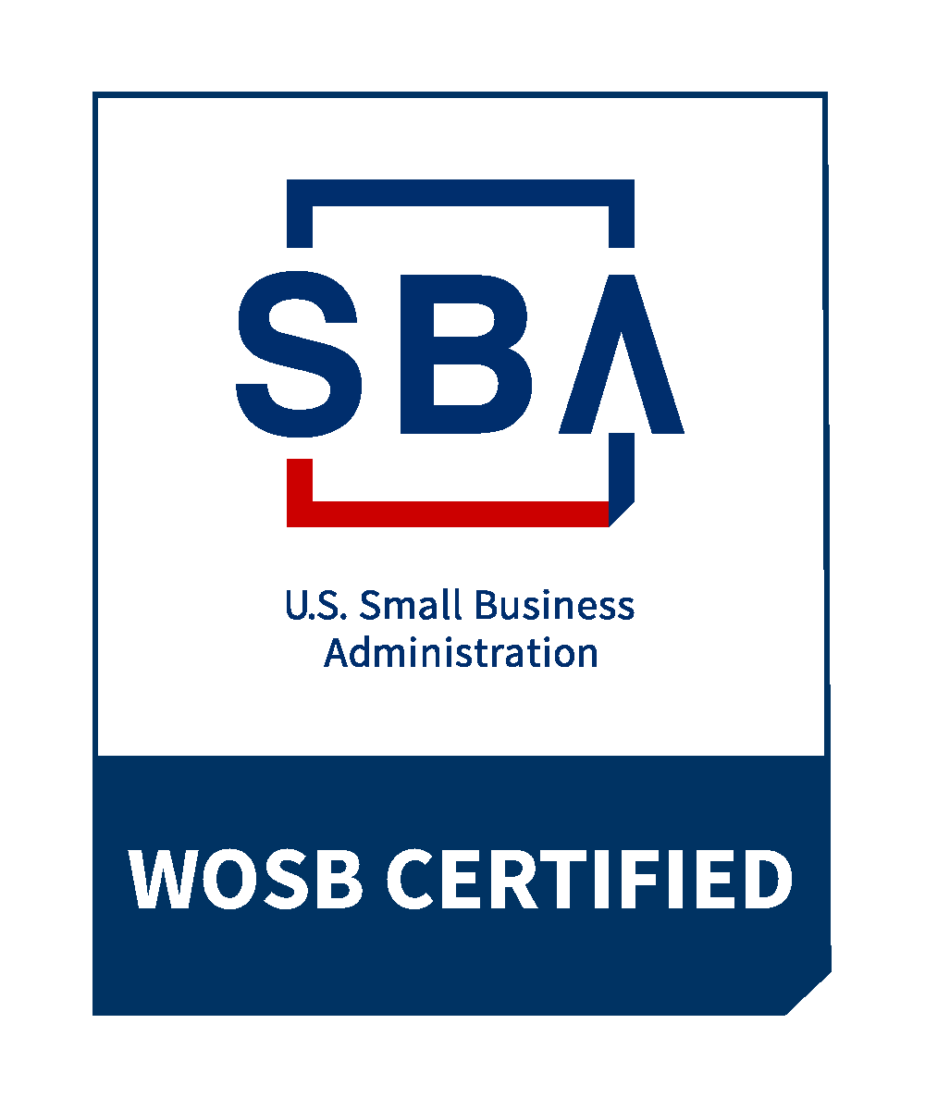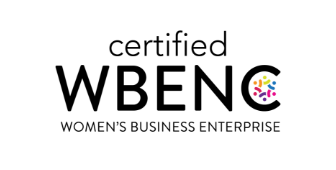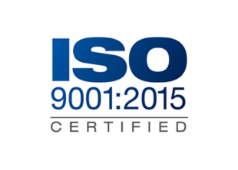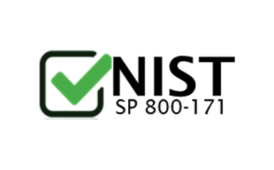Back to Blog
A Graphic is Worth a Thousand Words…
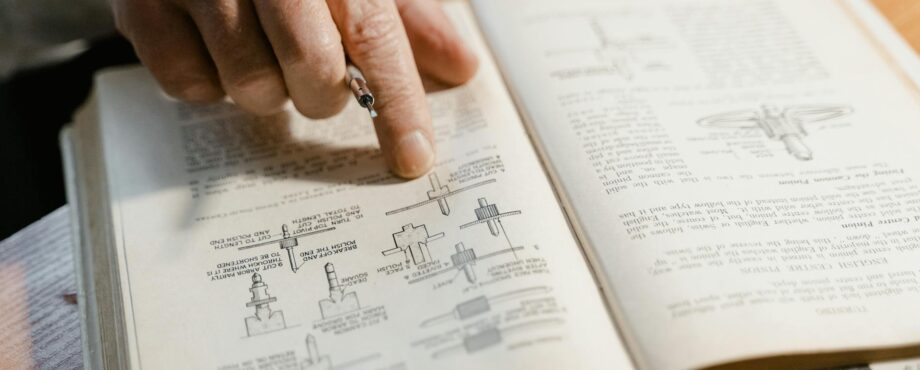
Have you ever told someone about a book you just finished, only to have them respond that they will wait for the movie to come out? Why is that? It is because people are visually oriented and time conscious. It’s easier to look at a headline than read the full story. A well-done graphic or cartoon can convey the same message in a fraction of the time spent reading.
A perfect example of the effectiveness of graphics is memes. These days, memes are practically their own language. It is often easier to accurately infuse a message with meaning using a meme than using a full-page article. In the digital age, graphics have become more important than ever to convey information and tone.
Graphics have always been an important content piece in technical manuals. They can be used to clarify text and/or as a quick reference when working a familiar task. Having good graphics in a technical manual can also set the manual (and system) apart from competitors and are worth the investment of utilizing a team proficient in the latest graphic development software who prioritizes consistency and quality.
There are numerous types of graphics in technical manuals, such as functional block diagrams (FBDs), process flow diagrams, electrical schematics, procedural illustrations, illustrated parts breakdown (IPB), GUI displays, control panel indicators, and safety warnings. In the remainder of this article, I’ll be focusing on the functionality and usage of procedural illustration.
In technical manuals, there needs to be a balance of text, written at the appropriate level of detail for the end user, and graphics. The artwork should enhance the text and give the procedures more clarity, especially when the written procedures may be difficult to interpret by the end user. For example, a graphic should point to the direct location of a screw to be tightened vs. using the text to refer to the screw (i.e., “tighten the third screw on the left side”, when there may be a dozen additional screws in the area).
A good technical manual procedural illustration will have “the part” in focus, with sufficient background to ensure the technician knows the exact location of said part (and sometimes a high-level system graphic may also be needed to introduce a general location of work). Callouts should be layered over the graphic that directly correspond with callout references used in the procedural text. By organizing the callouts in a consistent manner, you add even more clarity. Some graphics may require additional layered elements, such as showing the order, direction, and torque value in which torque screws should be tightened. Another example of an informative procedural graphic is to show the alternative positions or displays that could exist, such as showing what a switch would look like if properly and improperly engaged.
Many systems now have digital displays and/or control panels for which operators and maintainers need to accurately interpret their screens for personnel safety and to avoid equipment damage. Illustrators must perform a “screen capture” of the various scenarios that an end user might view and include those images in Operation and Maintenance (O&M) technical manuals and Software User Manuals (SUMs). There is abundant MIL-STD guidance from a Human Systems Integration (HSI) perspective regarding text color and size, dots per inch (DPI), gauge layouts, etc. for clearly conveying the operating environment. Like with other graphics, screen captures should be accurately annotated with important information.
A technical manual author and illustrator must work together with the program manager to determine the best usage for graphics to demonstrate the exact meaning of the procedural text. Then, throughout the manual’s development and verification process, feedback from stakeholders should be given to illustrators on graphics as well to technical writers on text.
Looking into the future, as more and more programs utilize interactive electronic technical manuals (IETMs), there are exciting ways for graphics to enhance the technical manual experience by adding additional layers to the graphics, zooming and rotation capabilities, embedded videos, etc. – the opportunities are endless!
Article Authored by Ken Martin


